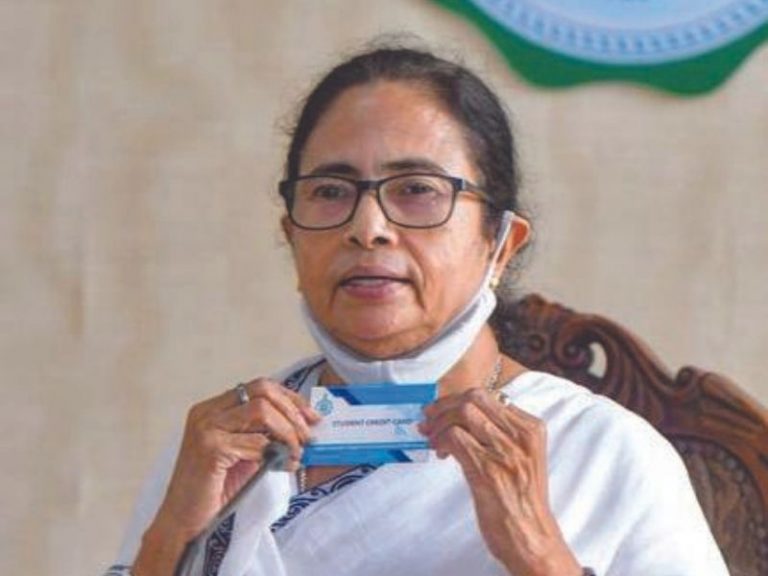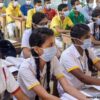No products in the cart.
West Bengal: Teachers recruitment priority
Baishali Mukherjee (Kolkata)
Evidently chief minister Mamata Banerjee, fresh from her resounding third time sweep of the West Bengal state legislative elections, is convinced that her initiatives to reform the state’s moribund education system and raise teaching-learning standards in 92,000 government primary-secondary schools, played a major role in her famous electoral victory in the assembly elections that concluded on May 2. By any yardstick, her Trinamool Congress Party’s tally of 213 of 294 seats in the legislative assembly is impressive given that she successfully defied two-term anti-incumbency, and was confronted with a formidable challenge mounted by the Bharatiya Janata Party, which rules at the Centre. Therefore, right after convening the first cabinet meeting, she announced the government’s intent to set up English-medium schools in all of the state’s 341 administrative blocks.
Moreover on June 21, she announced that her government will be recruiting 32,000 teachers for government primaries by March next year. “The appointment process to fill up at least 14,000 vacancies in the upper primary level (classes V-VIII) and 10,500 in the primary level (classes I-IV) will be completed before Durga Puja in October. Moreover, 7,500 more posts for primary teachers will be filled up by March 2022. All appointments will be made on the basis of merit lists and no lobbying will be required,” Banerjee informed a press conference in Kolkata on June 21.
During its first term in office the TMC government was focused on cleaning up the mess left behind by the CPM (Communist Party of India-Marxist)-led Left Front government which uninterruptedly ruled West Bengal for a record 34 years (1977-2011), de-industrialised the state and massively infiltrated education institutions. But in her second-term (2016-21), Banerjee paid considerable attention to ensure regular attendance of teachers in the state’s 92,000 government schools, opposed the no-detention provision of the Right of Children to Free & Compulsory Education (RTE) Act, 2009, and reversed the disastrous Left Front government’s decision on compulsory Bengali medium of instruction in classes I-VII by inaugurating 100 English-medium government primaries in 19 districts of the state.
Moreover during her past two terms, the number of universities in the state has increased from 12 in 2011 to 40 at present, with student enrolment in higher education rising from 1.34 million in 2010-11 to 2.03 million in 2020-21.
This time around in her third term as chief minister, Banerjee is reported to be determined to resolve the problem of filling teacher vacancies in government schools which defied her efforts in the second term. Soon after the TMC government was returned to power for its second term in 2016, Banerjee promised to recruit 75,000 teachers.
But the Teacher Eligibility Test (TET), which is the basis for recruiting teachers for government schools, was conducted only twice — instead of annually — during the past ten years. On both occasions, appointments were stalled because of widespread allegations of test paper leakages, TMC members being favoured, tampered merit lists and appointment irregularities. As a result, more than 20 writ petitions challenging the appointments process are pending in the Calcutta high court which has issued stay orders. With recruitment frozen, the teacher-pupil ratio in government schools has risen to 1:59 against the 1:35 prescribed by the RTE Act, 2009, exacerbating the already poor quality education dispensed.
Unsurprisingly, teacher unrest and agitations including a 14-day primary teachers’ pay hike strike in August 2019 which ended after the government conceded a grade pay increase, and a 50,000 para-teachers’ (part-time classroom assistants) mass agitation in September 2019, were recurrent in Banerjee’s first two terms in office.
Against this backdrop, Banerjee’s back-to-back announcements immediately after assuming office for a third term, which include setting up English-medium schools in every district and appointing over 32,000 teachers in upper primary and primary schools forthwith, are being interpreted as a sign of determination to place the state’s derailed school education system back on track asap.
Also Read:Maharashtra: Fees regulation imbroglio















Add comment